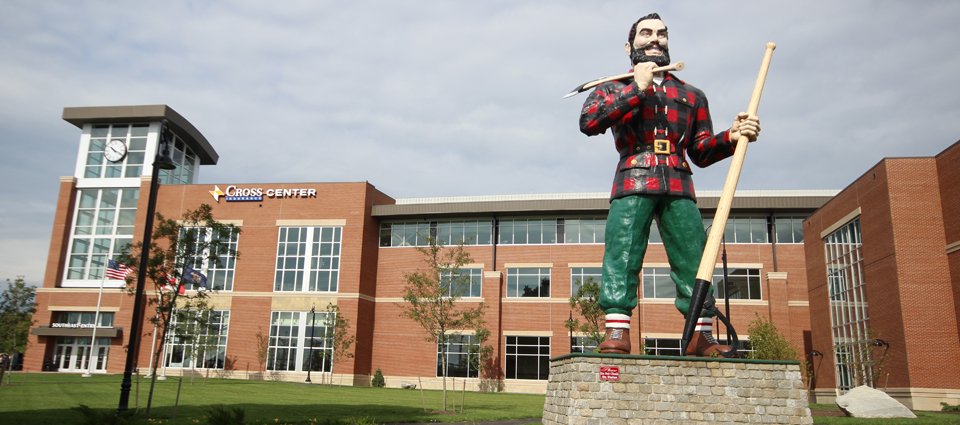All the latest happenings
Search the blog:

Discussion Paper and Workshop Report: How can the circumboreal forest contribute to mitigating climate change?
This document was prepared as a discussion paper for a science workshop and a follow-on policy-science dialog on enhancing the use of the boreal forests that IBFRA held in northern Sweden in June, 2018 (see the section “Meeting Reports” below). The report provides a short list of climate change mitigation actions that could be undertaken or are actually on-going but could be enhanced or spread more broadly across the managed boreal forest. A short list of overarching issues that are not connected to a specific action but rather whose impact could affect the efficacy of most is also presented.

Conference Announcement: Cool forests at risk?
On the occasion of the International Day of Forests 21 March 2018:
The International Boreal Forest Research Association is pleased to announce, in collaboration with the Pan-Eurasian Experiment (PEEX), the International Institute for Applied Systems Analysis (IIASA), and supported by the International Union of Forest Research Organizations (IUFRO) the IBFRA18 “Cool forests at risk? The critical role of boreal and mountain ecosystems for people, bioeconomy, and climate” conference to be held in Laxenburg, Austria.

2018 IBFRA Conference Announcement
Save the Date!
2018 IBFRA Conference Announcement
The International Boreal Forest Research Association is pleased to announce, in collaboration with IIASA, PEEX and IUFRO, the 2018 “Cool Forests at Risk! The critical role of boreal and mountain ecosystems for people, bioeconomy and climate” conference to be held in Laxenburg, Austria. The event will focus on both boreal and high altitude forests.

New video: 60-second science with Dr. Yujun Sun, the best model for biomass estimation of Chinese fir
In order to estimate the overall underground and aboveground biomass, the problem of incompatibility between tree biomass models and forest stand-scale biomass estimation must be solved. Based on biomass data of 35 Chinese fir sample trees and 74 previously established biomass models, the biomass model general index was analyzed, and the best biomass model structure was selected, which set up a universal stand biomass model.







